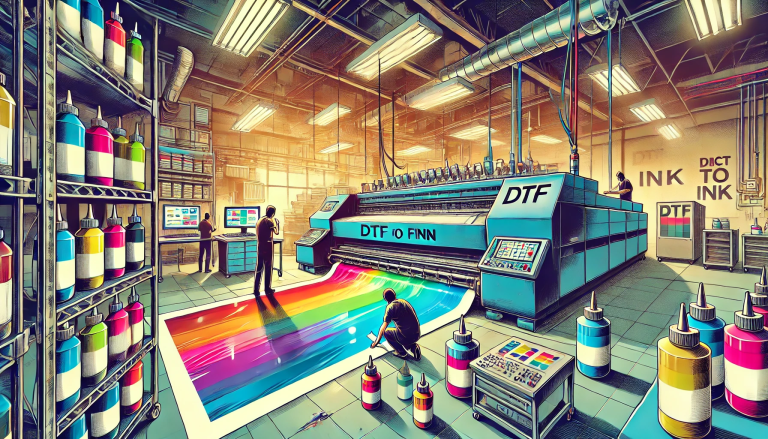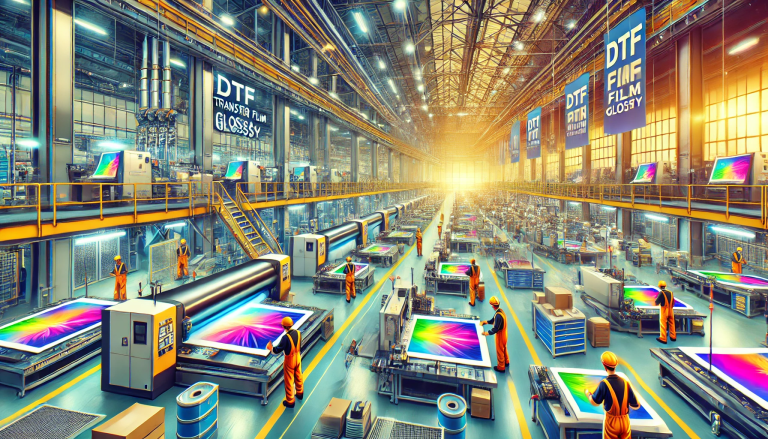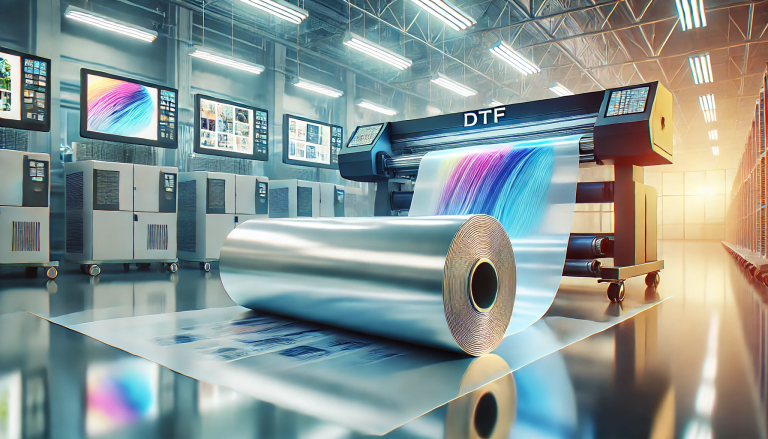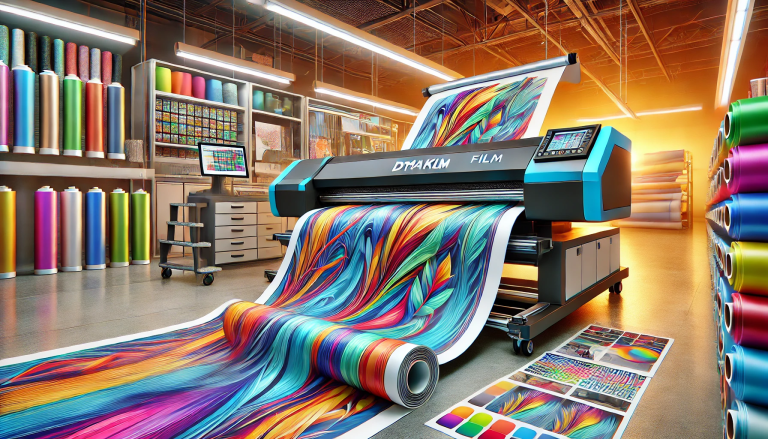“Exploring Direct-to-Film Printing: Pros and Cons” -MAXDTF- DTF UV Decal Supplier, UV DTF AB Paper Wholesale, Made in China
In the ever-evolving landscape of photography and printing, technology continues to push boundaries and open up new possibilities. One such advancement that has garnered attention in recent years is direct-to-film printing. This technique offers photographers and artists an alternative way to translate their digital creations into tangible film prints. But like any technology, direct-to-film printing comes with its own set of advantages and disadvantages. In this blog post, we will dive into the pros and cons of direct-to-film printing.
Pros:
- Authentic Aesthetic Appeal: Direct-to-film printing holds the potential to capture a unique and authentic aesthetic that resonates with artists and photographers who appreciate the charm of analog processes. The resulting prints often possess a softness, graininess, and subtle imperfections that can be highly sought after for artistic projects.
- Tactile Experience: For those who value the tactile experience of working with physical materials, direct-to-film printing provides a hands-on approach that bridges the gap between the digital and physical realms. This can be particularly rewarding for artists who enjoy a more involved and intimate creative process.
- Limited Post-Processing: With direct-to-film printing, the need for extensive post-processing is minimized. The distinctive look achieved through this technique can reduce the necessity for digital manipulation, allowing for a more natural and raw representation of the image.
- One-of-a-Kind Prints: Each direct-to-film print is essentially a unique piece of art due to the inherent variations in the printing process. This exclusivity can add value and appeal to collectors and art enthusiasts who are drawn to limited edition or one-of-a-kind works.
Cons:
- Limited Control: Unlike digital printing methods where adjustments can be made in real-time on a computer screen, direct-to-film printing can be less forgiving in terms of control. Factors such as exposure, color accuracy, and tonal range are more challenging to manage, potentially leading to unpredictable results.
- Complex Learning Curve: Mastering the art of direct-to-film printing requires a steep learning curve. It demands a thorough understanding of the technical aspects of both photography and printing, as well as the nuances of the specific equipment being used. This can deter beginners and those accustomed to digital workflows.
- Resource Intensive: Direct-to-film printing involves a range of materials, from specialized film and chemicals to specific types of printers. These materials can be costly and may require a dedicated workspace. Additionally, the process consumes time, making it less suitable for those seeking quick turnarounds.
- Environmental Impact: The chemicals used in direct-to-film printing can be hazardous to the environment if not handled and disposed of properly. This aspect raises concerns about sustainability and the overall ecological footprint of this printing technique.
- Maintenance and Consistency: Direct-to-film printers and equipment require meticulous maintenance to ensure consistent output. Variations in the condition of equipment, such as printer heads and film holders, can lead to inconsistencies in the final prints.
In conclusion, direct-to-film printing presents a blend of traditional aesthetics and modern technology. Its pros, such as authentic charm and tactile engagement, cater to artists and photographers seeking a distinct and personalized approach. However, the cons, including limited control and a challenging learning curve, can pose hurdles for those looking for a streamlined and precise printing process. As technology continues to evolve, it’s fascinating to witness how techniques like direct-to-film printing contribute to the diverse tapestry of creative expression. Whether one chooses this method for its unique qualities or opts for more conventional digital processes, the world of printing remains as captivating and dynamic as ever.






